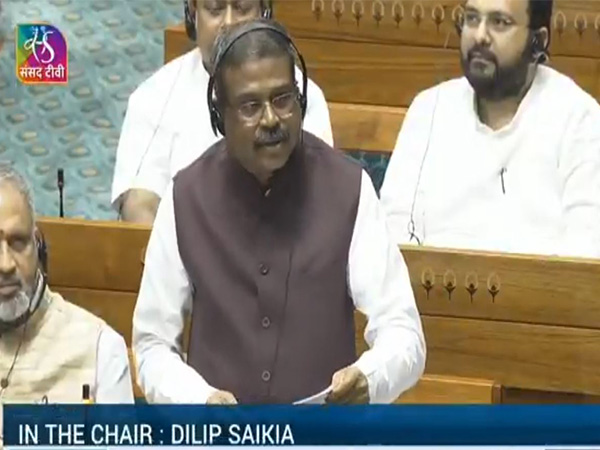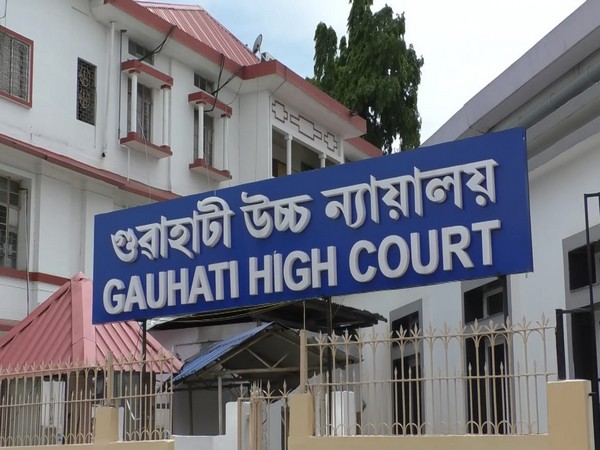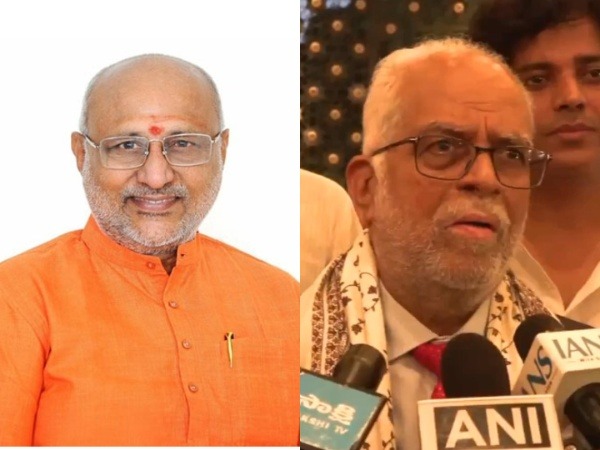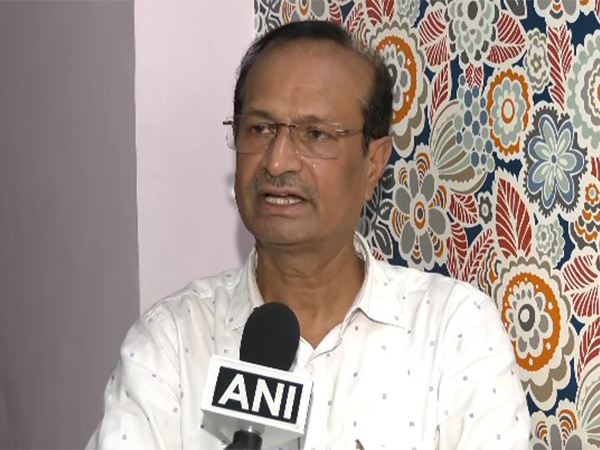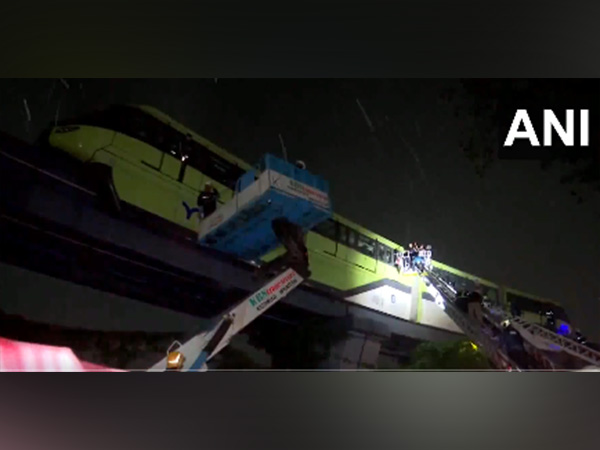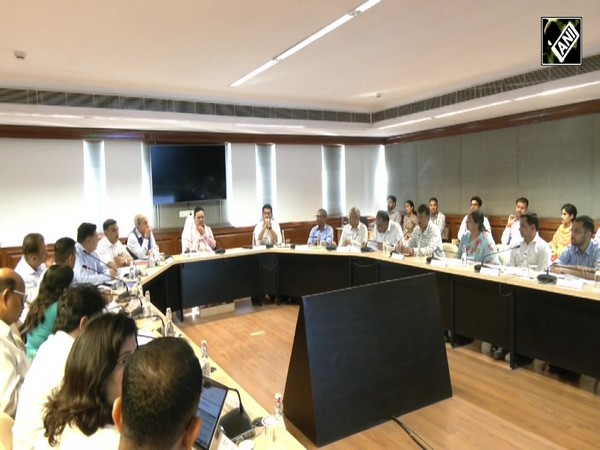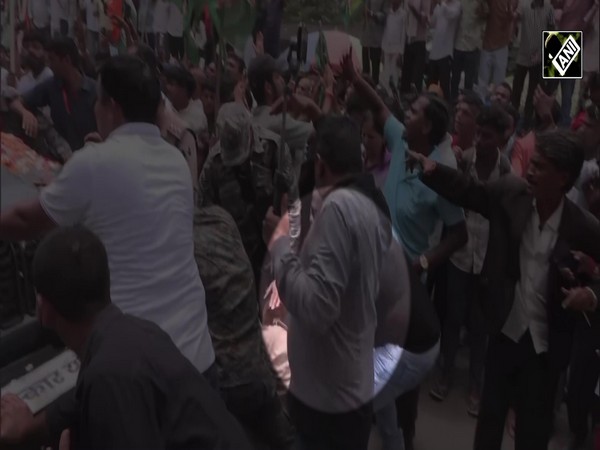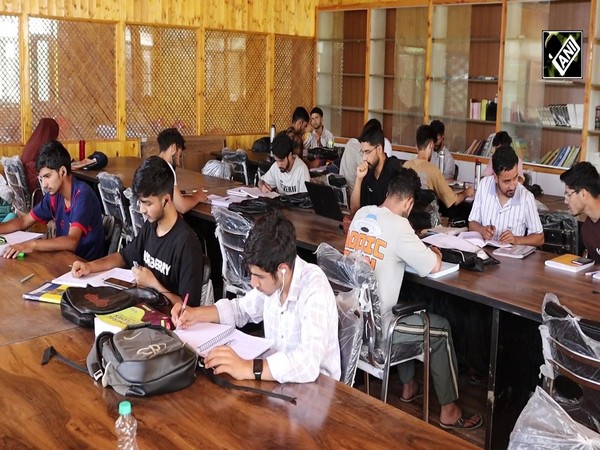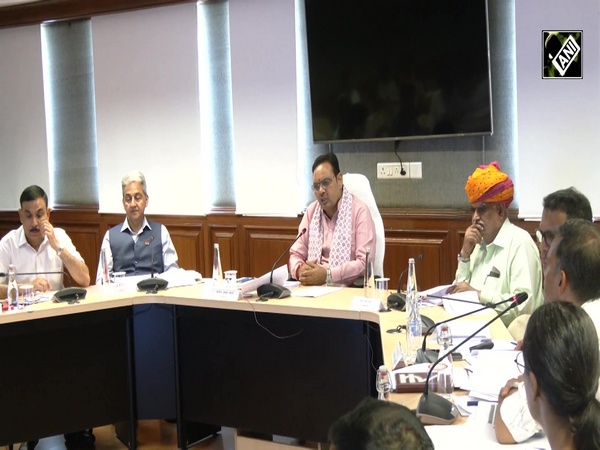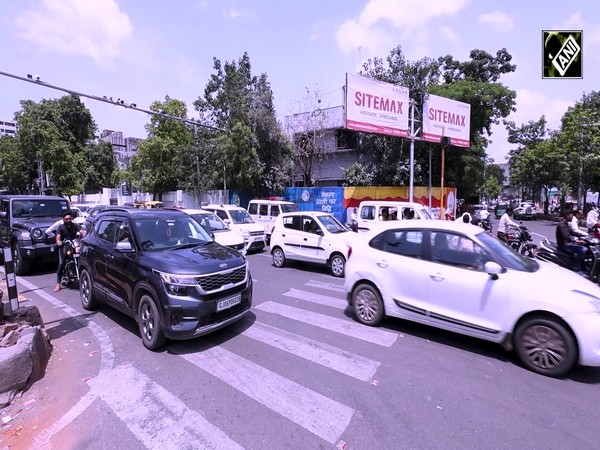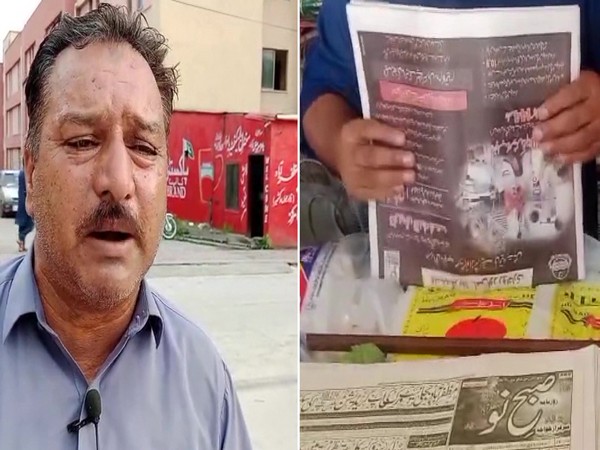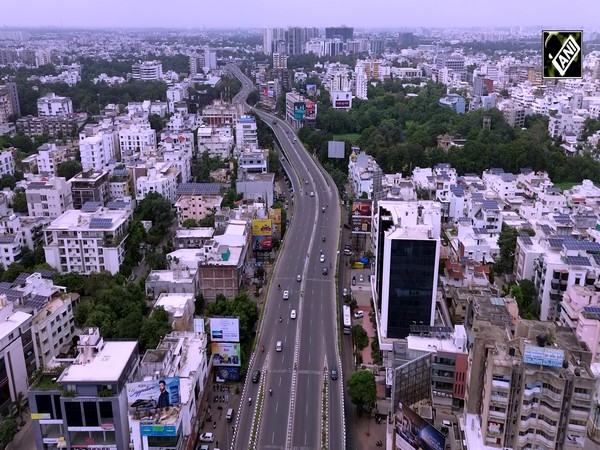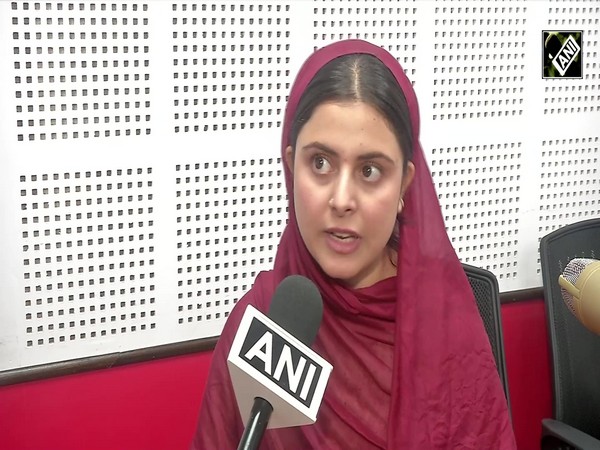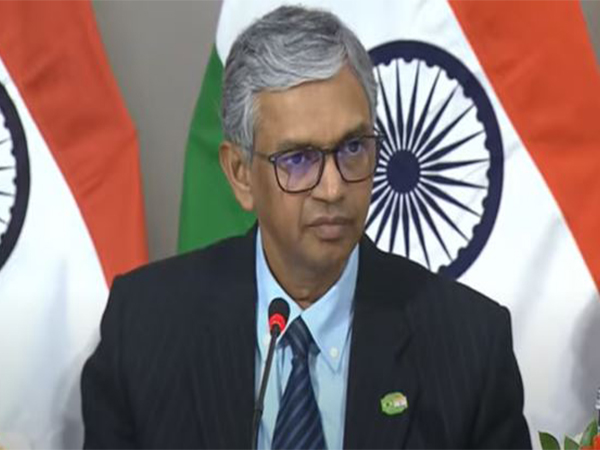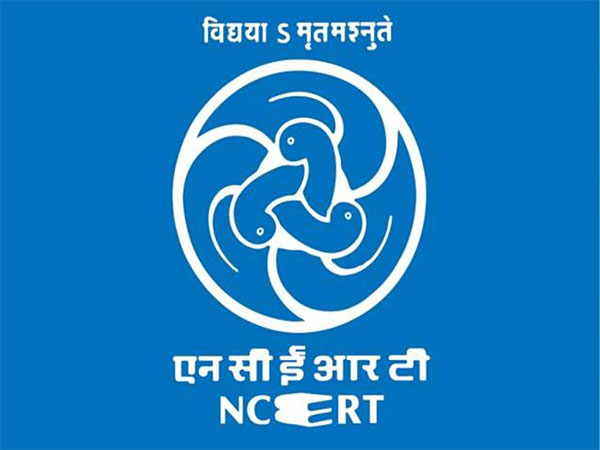
NCERT launches modules on Operation Sindoor, hails mission of courage
Aug 19, 2025
New Delhi [India], August 19 : With images of downed Pakistani drones, maps marking India's precision strikes on terror camps in Pakistan and Pakistan occupied Jammu and Kashmir (PoJK), and a spotlight on Made-in-India defence systems, NCERT has rolled out new modules on 'Operation Sindoor', calling it a military success, a technological breakthrough, and a political message rolled into one.
The modules for secondary and middle school stages, written in conversation style between teachers and students, detail how India launched its decisive military campaign in May 2025 following a terror attack in Jammu and Kashmir.
The module states that Operation Sindoor was "not just a military operation but a promise to protect peace and honour the lives lost.
Before explaining the operation, it reminds students about the Pulwama terror attack in February 2019, when "a suicide bomber named Adil Ahmed Dar rammed a car filled with explosives into one of the buses. The blast killed 40 CRPF personnel and injured many others."
It also recounts the Balakot airstrike on 26 February 2019, when Mirage 2000 fighter jets destroyed a Jaish-e-Mohammed training camp deep inside Pakistan.
The module also discusses the abrogation of Article 370 in 2019, noting that peace and development have followed in Jammu and Kashmir, including the upgrade of schools, rail connectivity, and a record tourist inflow. The text states, "Pakistan was not ready to see peace in Kashmir after Article 370 abrogation."
The two modules are titled "Operation Sindoor - A Saga of Valour" for students of Classes 3 to 8, and "Operation Sindoor - A Mission of Honour and Bravery" for students of Classes 9 to 12.
On 22 April 2025, terrorists from The Resistance Front, TRF, a known proxy of LeT, opened fire on tourists in Baisaran Valley in Pahalgam. In the gruesome attack, 26 men, including one Nepali citizen, lost their lives.
The module highlights Prime Minister Modi cutting short his Saudi Arabia visit to return home after terror strikes in Kashmir and strongly condemning them.
It recalls candlelight marches across India, Muslim communities wearing black armbands in protest, and villagers near the border demanding "strong action" in solidarity with the Armed Forces.
"The terror attack was meant to create fear and hatred between communities. But people chose unity and courage," the module notes.
The turning point, as the module describes, was the launch of Operation Sindoor on May 7, 2025, at 1.05 am.
The operation was given its name as a tribute to the widows of the victims, "Sindoor which symbolises the marital bond. By naming the operation Sindoor, our country's leadership and armed forces paid tribute to the widows of the victims. It was to show solidarity, empathy, and respect," the Prime Minister is quoted as saying.
Conducted with meticulous planning, Operation Sindoor targeted nine terror bases in Pakistan and Pakistan-occupied Jammu and Kashmir, including Muridke and Bahawalpur, key hubs of Lashkar-e-Taiba and Jaish-e-Mohammed.
In just 22 minutes, precision strikes by the Indian Army and Air Force destroyed these camps. The operation's success, the module notes, also came from the prowess of Made-in-India weapons, advanced jets like Rafale and Su-30MKI using indigenous missiles, including BrahMos, and drones providing real-time surveillance.
ISRO's satellites gave constant monitoring support, proving the synergy of defence and science.
While Pakistan retaliated with drones, artillery, and even a major missile offensive, India's multi-layered air defence grid, including S-400 and Akash systems, neutralised threats. "Not one critical Indian asset was damaged," the module says, underlining the strength of India's defence architecture.
The modules also highlight the Navy's role in asserting maritime dominance in the Arabian Sea and the Border Security Force foiling infiltration attempts. The emphasis throughout is on coordination, discipline, and technological self-reliance, hallmarks of the 'Make in India' push. Defence Minister Rajnath Singh is quoted as saying the operation showed "India can break through any enemy defence using what we've made ourselves."
The text does not shy away from the human cost. It notes that Pakistan's ceasefire violations targeted schools and religious sites, killing 14 civilians in Jammu and Kashmir, but stresses that India did not target civilians. Instead, the strikes were designed as "a precise and responsible answer to Pakistan-sponsored terrorism."
The modules close by reminding students that the terror attack aimed to create fear and communal hatred, but "people chose unity and courage." They highlight India's diplomatic outreach, noting that the US officially declared TRF a foreign terrorist organisation in July 2025 after India presented evidence.
Summing up the entire episode, the module describes Operation Sindoor as "a military success, a technological breakthrough, and a political message all rolled into one. A triumph of bravery, strategy, and innovation."
